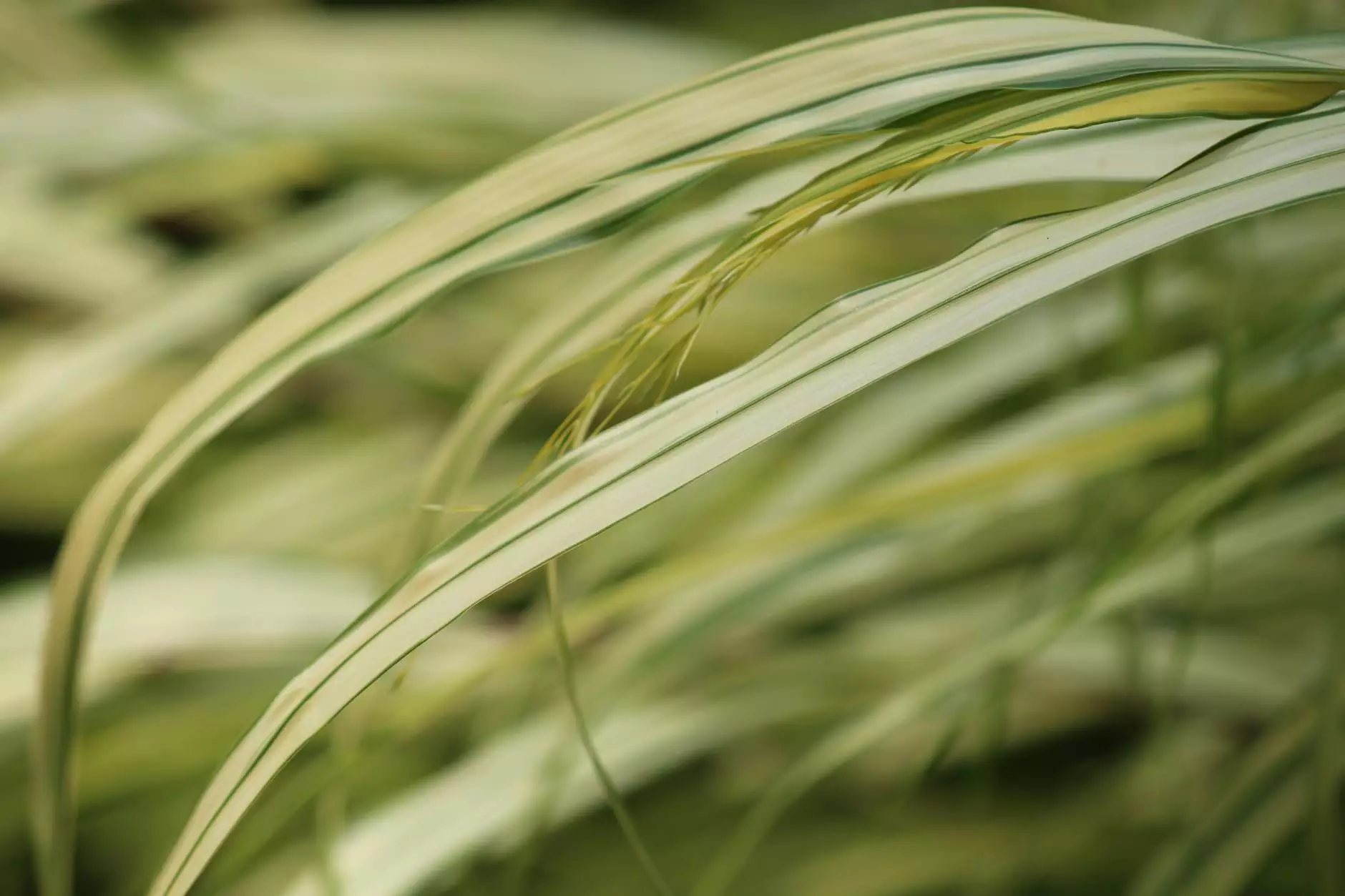The Essential Guide to Mower Blades for Optimal Lawn Care

When it comes to maintaining a beautiful lawn, one component often overlooked is the mower blades. These tools are crucial for keeping grass trimmed to the perfect height while promoting healthy growth. Understanding the various aspects of mower blades can significantly enhance your lawn care experience and ensure your yard remains pristine.
What are Mower Blades?
Mower blades are specialized cutting tools designed to be fitted on lawn mowers, and they come in various shapes and sizes to cater to different types of grass and mowing conditions. They are the part of the mower that directly contacts the grass and determines the quality of the cut.
Types of Mower Blades
Several types of mower blades are available, each with unique features suited for different mowing tasks. Here’s a detailed look:
- Standard Blades: The most common type, ideal for regular mowing conditions. These blades provide a clean cut and are suitable for most residential lawns.
- Mulching Blades: These blades are designed to chop the grass into fine pieces that decompose quickly. They promote healthier lawns by returning nutrients to the soil.
- Gator Blades: A specialized type of mulching blade, gator blades feature unique teeth that further cut the grass, resulting in even finer clippings for better mulching.
- High-Lift Blades: Designed to create greater airflow under the mower deck, these blades are ideal for bagging grass clippings, ensuring efficient pickup.
- Low-Lift Blades: Best for flat terrains and thick grasses, they produce less lift and are great for preventing clogging.
Choosing the Right Mower Blade
Selecting the best mower blade for your lawn mower can significantly impact your mowing efficiency and lawn's health. Here are some critical factors to consider:
1. Lawn Size and Type
The size and type of your lawn should dictate the type of blade you choose. Standard blades are adequate for smaller, even lawns, while larger properties may benefit from high-lift or mulching blades.
2. Mowing Frequency
If you mow frequently, mulching blades may be advantageous as they return nutrients to the soil, enhancing grass health. Conversely, if you mow less frequently, standard blades might suffice.
3. Local Climate Conditions
Consider how local weather affects grass growth. In wetter areas, high-lift blades can help manage grass efficiently, while in drier climates, standard or low-lift blades might suffice.









